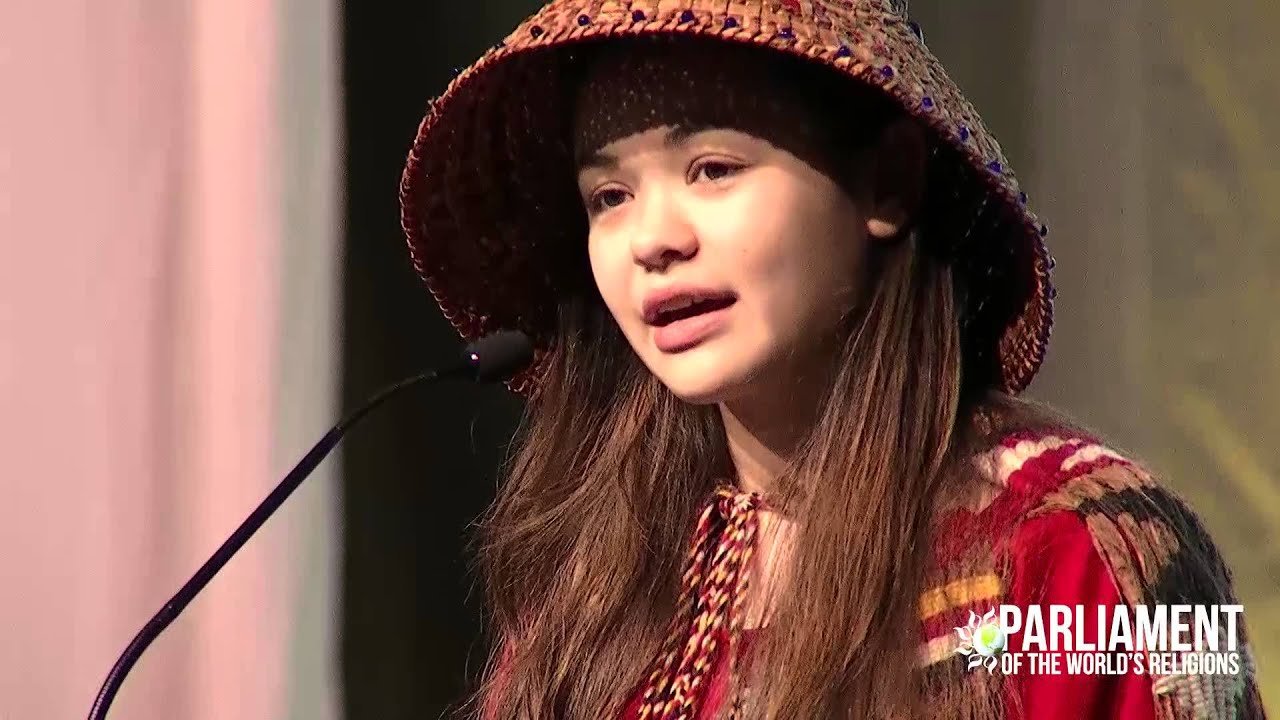Talking About Climate Change with Kids
A How-To-Guide
This article was written by Columbia student Abigail Loughlin
Have you ever been overwhelmed by the planet's fluctuating temperatures and rising sea levels, felt urgency surrounding environmentalism, and wanted to share your frustration with a slightly younger generation but fumbled over your words until you concluded with “Well, I guess it is up to people your age to save the planet”?
If so then this article is for you.
Talking to kids about climate change can be daunting, even disheartening, but it is an important conversation as it impacts their everyday lives. Soon, elderly antidotes will no longer consist of comparing costs of living but sharing which cities were above water. Regardless of the state of the environment now, kids are the future and it is important that they are equipped with the right tools to continue to take care of our planet. That starts with the right conversations.
Kids are naturally trained scientists. Each day they use their senses to make observations about the world around them and answer questions previously unknown to them. Discussing Climate Change may seem too overwhelming, but the issue exists no matter when you have the conversation. The only thing that can impact children’s response is how you frame it.
Below we have outlined some helpful steps to engage in this conversation with your family, classroom, or another mini future leader you may interact with!
Photo: Robert Collins
1) Stay Positive
It is easy to feel overwhelmed and pessimistic regarding Climate Change, but try to remember that this is a positive conversation. Rather than explaining bad news, you are identifying an action item that needs global support and participation. We are constantly innovating and producing ideas that change the world! If we applied our same energy to climate change, together we can make a difference!
2) Identify the Facts and Figures
Data plots and timescales won’t be necessary, but sharing stories and images of people and places facing the most immediate impacts of climate change may help kids recognize the need for urgency. Introduce the topic with examples children may be able to identify such as really hot days or very intense storms. While the complexities of big oil’s political influence may be lost on a younger audience, understanding that our planet is changing and needs care is something many young minds will be able to identify.
3) Present Solutions and Come up with Action-Steps
Photo: Larm Rmah
After you have discussed the problem, work together to imagine a solution! Whether that is creating a list of action-steps for your house or classroom, making goals toward using less single-use items, or even continuing the conversation through books and films or documentaries. Any of these options or one of your own is important to establish momentum in children’s relationship with the planet, because without next steps they may be left feeling lost or unsettled about the new information you have discussed. Children are the future, but we want to ensure that they don’t feel alone in their journey to a healthier and cleaner planet.
4) Showcase Role Models
You can also mention people who are actively working in the environmentalism movement. Students may be surprised to see kids their own age protesting, speaking, and working within the movement! Climate Change isn’t just something they hear about when their parents listen to NPR, their peers are curious about it too.
Here are some examples of influential young people:
Ta’Kaiya Blaney, now 21, is from the Tla’amin First Nation in British Columbia and has been working as an environmentalist for over 10 years. She shares her passion for the planet through music and public speaking. Watch her TEDx Talk
Students Save The Bay — High school students in Baltimore worked in the harbor to help mitigate the impacts of pollution on their local environment.
At the age of 13, Alexandria Villaseñor co-founded the U.S. Youth Climate Strike movement and has become an internationally recognized environmental activist, public speaker, author and founder of several more initiatives, including the climate education-focused non-profit, Earth Uprising International.
After the Deepwater Horizon Oil Spill, 11-year-old Olivia Bouler partnered with the Audubon Society to raise $200,000 for Gulf Coast relief efforts and released a book of artwork to continue her support.
Zanagee Artis is a young environmentalist who developed a book and a podcast on climate change for kids! We recently talked to Zanagee on Hey Change Podcast — listen to his episode here!
Maya Penn is a 21-year old activist who’s been active in the space for more than a decade. She’s an award-winning founder and CEO of eco-fashion brand Maya’s Ideas, 3 time TED Speaker, artist, global activist, animator, filmmaker, social entrepreneur, coder, and author.
Helena Gualinga is a youth activist from Ecuador’s indigenous Sarayaku community and has been speaking up for the environment since she was a child.
Stay tuned for our Mini-Class on Climate Optimism!
We’re working on bringing The Climate Optimist to kids and schools near you. Learn how to communicate climate change in a way that sparks hope instead of anxiety and fear, and spark in our young warriors curious and resilient leaders who will want to participate in safekeeping our only home!







